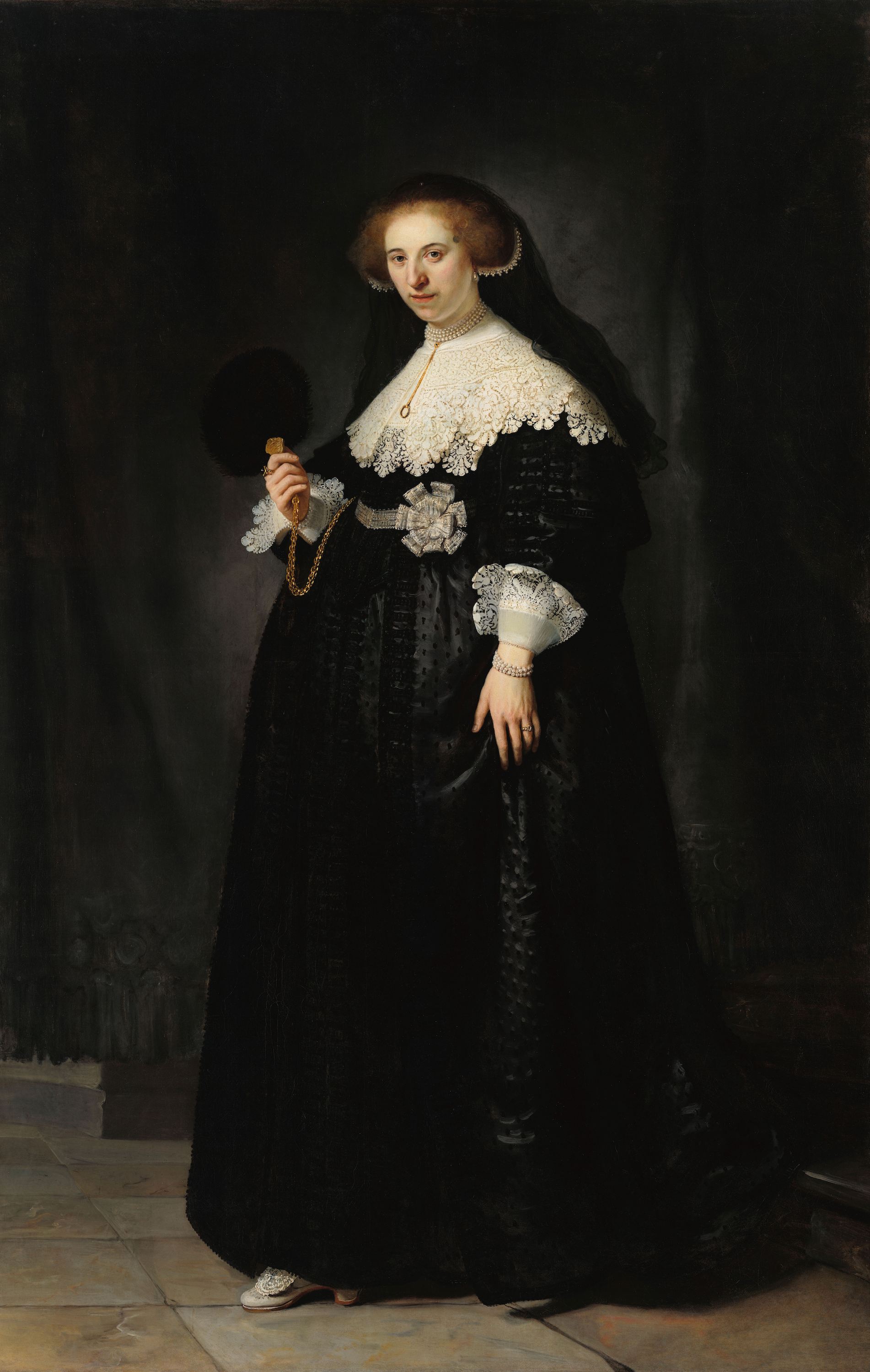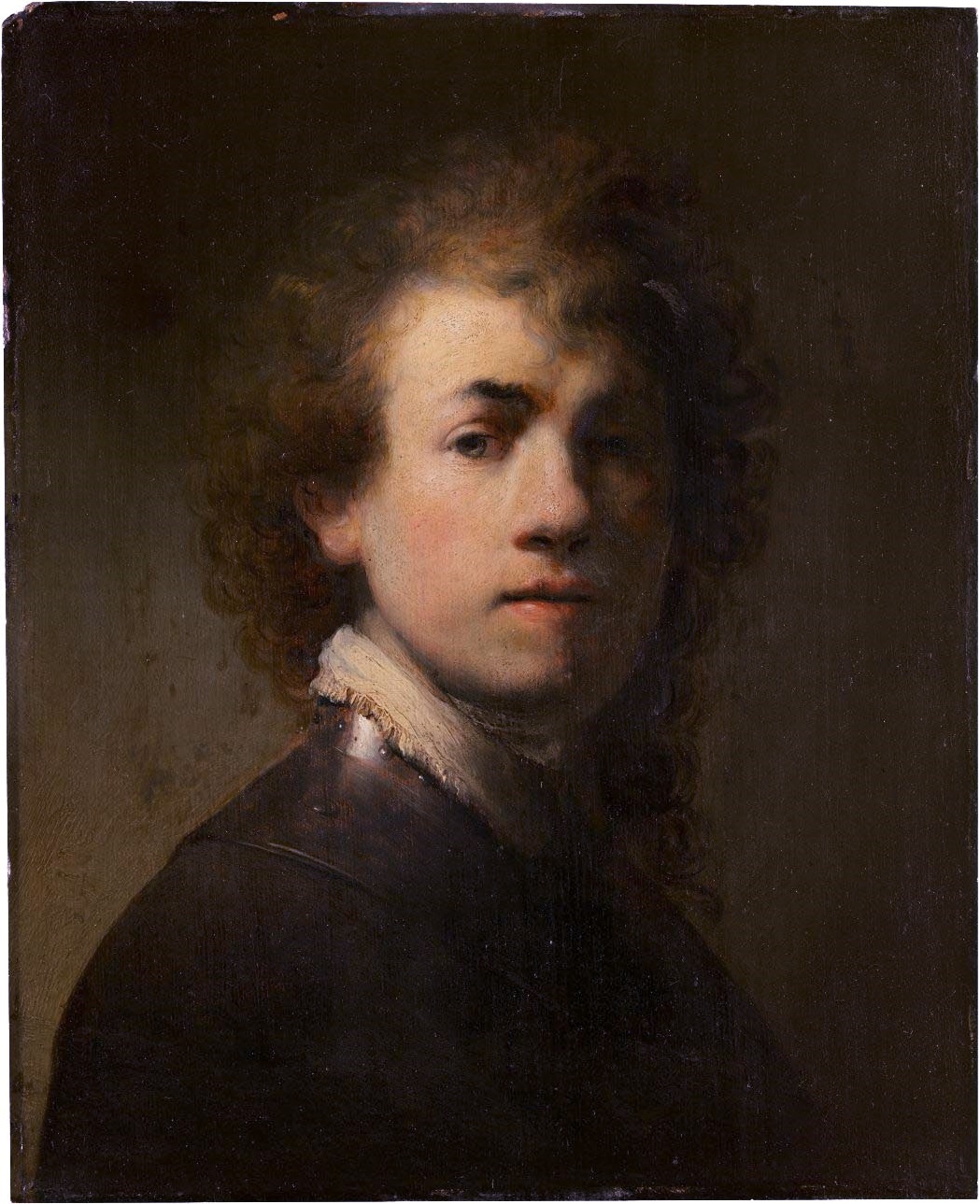A very important exhibition is talking place currently in Amsterdam at the Rijksmuseum. In the Slavery. Ten True Stories exhibition, the museum focus for the first time on slavery in the Dutch colonial period. This era spanning 250 years is an integral part of the history of the Netherlands. It was a time when people were reduced to property, to objects, to items in the accounts. The exhibition tells ten true stories from people who were involved in slavery in one way or the other.
Today we present a famous portrait by Rembrandt. Oopjen Coppit was 22 years old and expecting their first baby. A year ago she married Marten Soolmans, who was also painted by Rembrandt. Rembrandt’s full-length portraits show a couple with the world at their feet, dressed in costly clothing. Given the prevailing Protestant culture in Amsterdam when this painting was made in 1634, it is quite extraordinary that two such young people who had yet to achieve anything of note in society should choose to have themselves portrayed in such regal fashion.
Their self-assurance is matched by their wealth. Oopjen’s dowry amounted to 35,000 guilders, and Marten received assets worth 12,000 guilders when they married. In modern terms, their total shared capital was equivalent to almost 600,000 Euros. Oopjen’s family were members of the wealthy ruling elite who had accumulated capital through trade in grain and gunpowder.
The young couple’s happiness was short-lived when, unexpectedly, Marten died at the age of just 28 in 1641. Oopjen remarried in 1647. Her second husband, Maerten Daey, was a soldier who had served in Dutch Brazil from 1629 to 1641, partially under the colonial governorship of Johan Maurits of Nassau-Siegen. The number of ways in which the lives of Marten, Oopjen, and Maerten were entangled with the history of slavery is quite remarkable. They owed their wealth to slave labor in Brazil. Maerten lived in Brazil for some time; he sired a child there and had seen the sugar plantations with his own eyes. In Amsterdam they crossed paths with people who had left the days of slavery behind, and with others who were still working in unfree conditions. Close scrutiny of the lives of Oopjen and her husbands reveals the extent to which the history of slavery is bound up with the history of the Netherlands.
We share today's story thanks to the Rijksmuseum.
P.S. Rembrandt is famous for his monumental Night Watch painting. Read more about it here.


 Rembrandt van Rijn
Rembrandt van Rijn